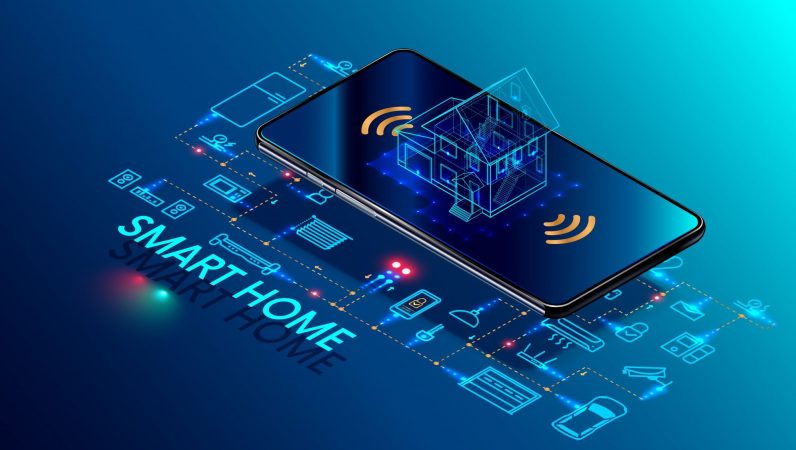In recent years, smart homes have become increasingly popular as more and more consumers are embracing the convenience and efficiency that IoT (Internet of Things) technology brings to their daily lives. With IoT devices seamlessly integrating with various aspects of our homes, the concept of a smart home has transformed from a futuristic idea to a practical reality.
The Evolution of Smart Homes
Smart homes have come a long way from simple automated lighting and thermostats to comprehensive systems that can control almost every aspect of a home. From smart door locks and security cameras to connected appliances and entertainment systems, the possibilities are endless when it comes to creating a truly connected and intelligent home.
Benefits of IoT Integration
One of the key benefits of IoT integration in smart homes is the ability to remotely monitor and control various devices and systems. Whether you’re at work, on vacation, or simply in another room, you can easily adjust your thermostat, check security cameras, or even start your dinner in the oven, all from the convenience of your smartphone or tablet.
Another advantage of IoT integration is the potential for energy savings. With smart thermostats, lighting, and appliances that can automatically adjust based on your preferences and usage patterns, you can reduce your energy consumption and lower your utility bills without sacrificing comfort or convenience.
Challenges and Considerations
While the benefits of IoT integration in smart homes are clear, there are some challenges and considerations to keep in mind. Security is a major concern, as connected devices are vulnerable to cyber attacks and hacking if not properly secured. It’s important to choose reputable brands and manufacturers that prioritize security and regularly update their devices to mitigate potential risks.
Compatibility and interoperability are also important factors to consider when building a smart home. Not all IoT devices and systems are designed to work together seamlessly, so it’s essential to do your research and choose products that are compatible with each other to avoid compatibility issues and ensure a smooth user experience.
The Future of Smart Homes
As technology continues to evolve and IoT adoption grows, the future of smart homes looks promising. We can expect to see more advanced and intuitive devices that can learn and adapt to our habits and preferences, making our homes even more efficient and personalized. The integration of artificial intelligence and machine learning will further enhance the capabilities of smart home systems, enabling them to anticipate our needs and enhance our quality of life.
Conclusion
The rise of smart homes and the integration of IoT technology have revolutionized the way we interact with our living spaces. With a growing array of connected devices and systems available, the possibilities for creating a smart home that is convenient, efficient, and secure are endless. By carefully considering the benefits, challenges, and future developments in this space, consumers can make informed decisions to create a truly smart home that meets their needs and enhances their lifestyle.
Note: This article provides an overview of the rise of smart homes and explores the integration of IoT technology in this exciting industry. For more in-depth information and specific product recommendations, please consult with a professional in the field of smart home technology.
